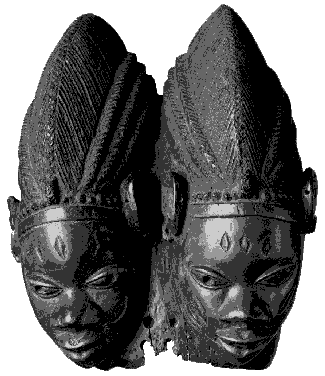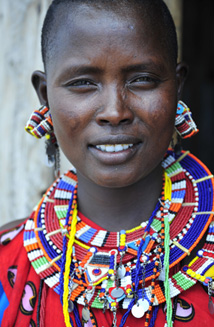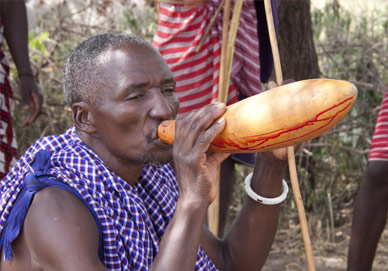To what extent does faith effect lifestyle choices?
Friday, December 5, 2014
Indigenous Group - Maasai
The Maasai people are located in the Northern part of Tanzania, around the Arusha region. The Maasai occupy a total land area of 160,000 square kilometers with a population of approximately one half million people. The Maasai speak Masai, the language is an Eastern Nilotic language spoken in Southern Kenya and Northern Tanzania. The main mode of subsistence of the Maasai is nomadic pastoralism (A herding culture). The Maasai travel place to place with their livestock due to drought in the region. They will also scavenge for meat that has been recently killed by lions, then proceed to take only what they need. Livestock plays an important part in the Maasai economy and is the primary source of income. The concept of private ownership was a foreign concept to the Maasai until in the 1960s and 1980s when the Group Ranch Project of commercializing livestock and land was forced on them first by the British and later by the government of Kenya.The Maasai people are a monotheistic people. Their god has two split personalities. Engai Narok, or “black god” is peaceful and kind whereas Engai Nanyokie, or “red god” is vengeful and causes disasters. After a person has died, with rare exceptions, they leave the body out to be eaten by scavengers. If a body is not eaten, it is presumed that nature finds something wrong with it, so the family members and friends of the deceased individual may be shunned. Because of this they pour blood or fat on the bodies to ensure that they are eaten.- The Maasai people prefer to utilize bright colors such as reds and yellows, but during certain rituals they must wear black. Sometimes young adults have to wear black alone for up to eight months as part of a coming of age process. The Maasai are especially known for their beautiful jewelry, but less and less individuals in the tribe are wearing it, instead jewelry is sold to visitors or other peoples.
 The Maasai people are a monotheistic people. Their god has two split personalities. Engai Narok, or “black god” is peaceful and kind whereas Engai Nanyokie, or “red god” is vengeful and causes disasters.
The Maasai people are a monotheistic people. Their god has two split personalities. Engai Narok, or “black god” is peaceful and kind whereas Engai Nanyokie, or “red god” is vengeful and causes disasters.
 The Maasai are especially known for their beautiful jewelry, but less and less individuals in the tribe are wearing it, instead jewelry is sold to visitors or other peoples.
The Maasai are especially known for their beautiful jewelry, but less and less individuals in the tribe are wearing it, instead jewelry is sold to visitors or other peoples.
 Maasai man drinking blood of livestock
Maasai man drinking blood of livestock
To what extent does faith effect lifestyle choices?
To what extent does faith effect lifestyle choices?
Subscribe to:
Post Comments (Atom)
Faith can effect lifestyle choices a person makes. Above this is shown by the Maasai because in many cultures, drinking the blood of the livestock would be frowned upon and seen as disgusting, but in this tribe it is just seen as completely normal. Another example is that the Maasai when someone dies they leave the dead body out to be eaten by scavengers. In western culture this would be seen as inhuman because they did not cremate or bury the body. This shows how faith can change the way we live.
ReplyDeleteFor many people faith dictates their daily life. Most religions have specific ways of living or behaving that are taught to the followers of that religion. For instance Jewish people must eat kosher foods and Muslim people must eat halal foods. This aspect of their religion defines a part of their life, what they can and cannot eat. People who are devout would probably be more strict about their adherence to religious customs than people who do not believe in their religion as strongly.
ReplyDeleteFaith has the affect of making certain people of a certain belief dedicate part of their day to religious worship. Take the Hadza tribe for example: they dedicate part of their day to a religious dance that they've been practicing for many centuries. This shows why it is essential for certain people to have part of their day dedicated to religion because it gives those people a sort of mental cleansing of sin, allowing them to trust their god or gods to make the right decision in what will happen in their lives.
ReplyDelete